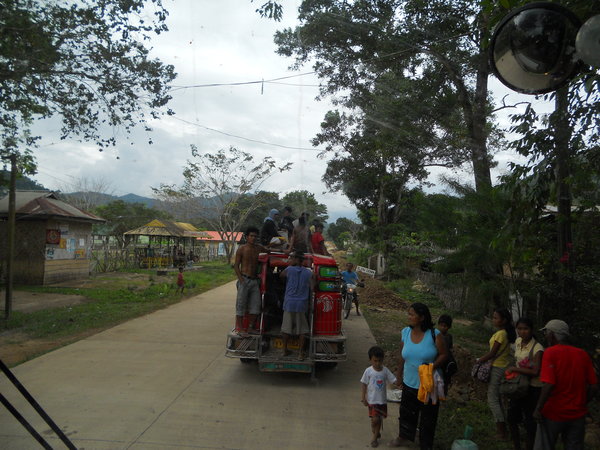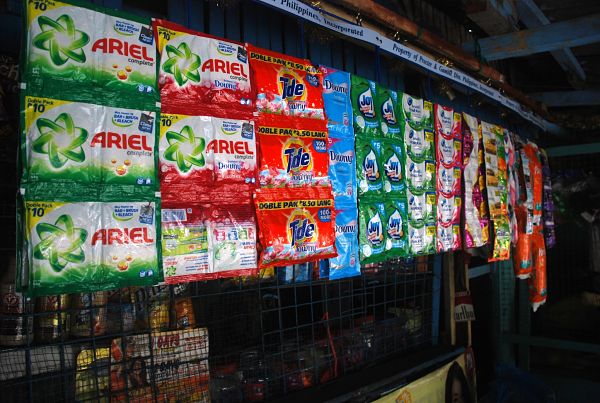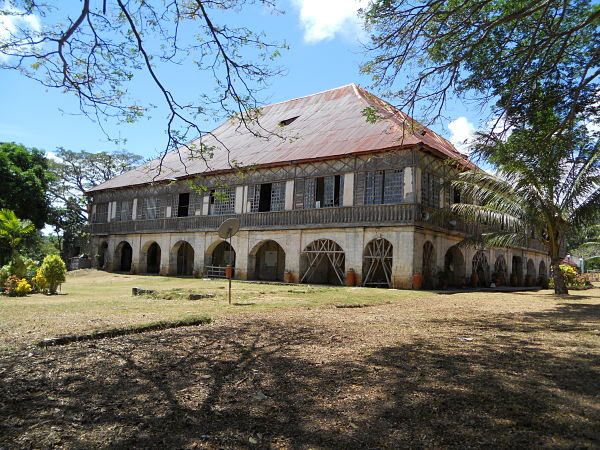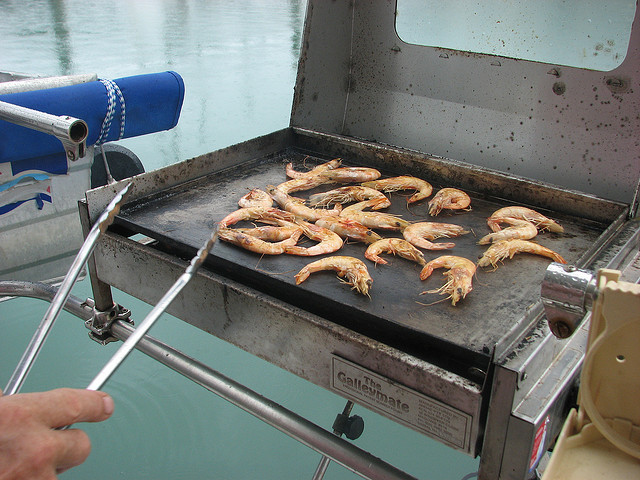Summer in the Philippines was achingly short this year, with the monsoons roaring in as early as the latter half of May (which they sometimes do as late as the latter half of June). When it’s raining for days on end, there’s really not much to do except stay indoors and try to keep warm.
With the start of the rainy season officially announced, you might want to indulge in popular Filipino rainy day treats while killing time in the airport or simply whiling away time in Boracay or Palawan as the monsoons ruin whatever outdoor activities you may have planned.
Below are top 7 Filipino comfort food best sampled when the weather gets chilly and the skies turn gloomy.
1. Ginataang halo-halo
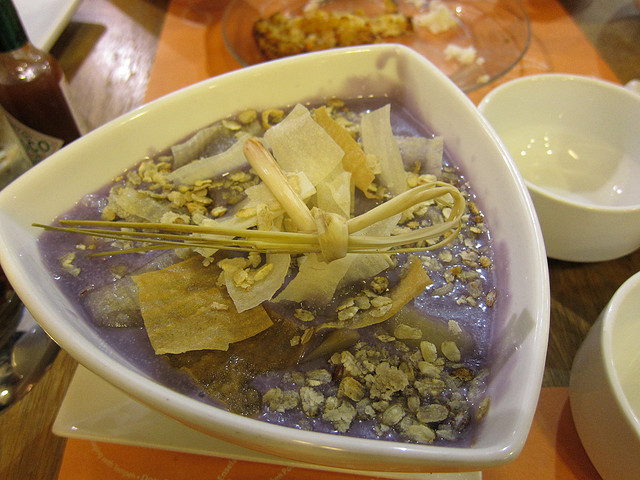
Glutinous rice is a staple in Filipino “merienda” or snacks because they require less water to grow and take long to digest, thus staving off hunger pangs of rain-dependent Filipino farmers of the old. The ginataang halo-halo (not to be confused with the summer halo-halo or “mix-mix” of almost the same ingredients minus the glutinous rice topped on shaved ice) is made of such rice, finely ground and then formed into balls, and cooked with plantains, sweet potato, purple yam, tapioca pearls, ripe jackfruit and taro root and a generous helping of thick coconut milk. A bowl of such sweet, creamy and thick concoction on a gloomy afternoon is a real treat. It is known as “binignit” by Cebuano-speaking peoples, but called “linugaw” by the Ilonggo (which in turn should not be confused by the “lugaw” or rice congee of the Tagalog).
2. Champorado
Another concoction which makes use of glutinous rice, champorado is cooked with cocoa or chocolate “tablea” (blocks), poured with milk and topped with “tuyo” or dried fish as an interesting counterpoint.
3. Suman and hot chocolate
Suman is glutinous rice steamed in banana leaf wrappers, and cooked in various styles depending on the region. Suman goes down best with a cup of piping hot chocolate. If sweet mangoes are at hand, they can be scraped and topped on suman.
4. Arroz Caldo
Literally “rice broth,” arroz caldo is the Philippines’ take on chicken soup but cooked instead with plain rice. Top with hard-boiled egg, chives and fried garlic, and you have a perennial Filipino favorite that only turns more savory when the rains dampen your mood. Philippine’s version of rice congee which is topped with ox tripe and hard-boiled egg, is a close relative of arroz caldo and popular in the Tagalog-speaking region of Luzon.
5. Dinuguan and Puto
A dish made of offal and blood (or cooked with blood sausage if you are cooking this in Europe), pork blood stew or “dinuguan” is another Filipino kitchen resourcefulness turned delicious. The main ingredient is usually pig intestines, and practically everything else not used in other types of cooking (which excludes pig feet but may include pig snout). Rice cakes or “puto” are best paired with this mildly sour (which it should taste if cooked right and with natural coconut vinegar) concoction of pig innards.
6. Bulalo
This very popular dish best served piping hot is beef shanks with bone marrow cooked for hours until the fat melts in your mouth. In its barebones preparation, it is called “cansi” in the Ilonggo-speaking regions of Central Philippines, or “bulalo” in southern Luzon to the north complete with pechay leaves and corn.
7. Batchoy
In the Ilonggo-speaking regions of the Philippines, a savory soup of meat (often beef) broth and noodles topped with pork liver, crunchy pork “chicharon” (deep fried pork rinds), herbs and spices and raw egg – sometimes with a hint of “bagoong” or shrimp paste – is warm comfort in a bowl when “malling” turns boring. It originated in La Paz Market in the late 1930’s, hence the genericized name of La Paz batchoy.
